Elevate Your Rap Vocals with Presets
Achieving a professional rap vocal mix can be challenging, especially for independent artists without access to high-end studios. Vocal presets simplify the process by applying pre-configured settings that instantly enhance clarity, presence, and energy. Whether you're aiming for the raw street feel of Lil Durk, the aggressive intensity of XXXTentacion, or the polished mainstream appeal of Drake, vocal presets help you get there with ease. By understanding how to use and tweak presets you can develop your own signature sound while maintaining industry-level quality.
Understanding Vocal Presets for Rap
Vocal presets are collections of settings that adjust EQ, compression, reverb, delay, and other effects in your DAW (Digital Audio Workstation). These presets provide a quick way to shape vocals, ensuring they cut through the mix with power and clarity. Rap vocals often require unique processing to maintain intelligibility while blending seamlessly with hard-hitting beats. Unlike singing presets, which focus on warmth and depth, rap presets emphasize crisp articulation, aggressive punch, and balanced dynamics.
Choosing the Right Preset for Your Style
Selecting a preset that aligns with your rap style is crucial. If you favor emotional, melodic rap like Lil Durk, you’ll want a preset that enhances warmth while maintaining vocal clarity. For high-energy, distorted vocals similar to XXXTentacion, a preset with aggressive compression and saturation will be more effective. Artists who prefer a clean and polished mainstream sound, like J. Cole or Drake, will benefit from presets with smooth EQ curves, controlled compression, and subtle reverb.
Installing and Using Rap Vocal Presets
Installing vocal presets is straightforward. Most DAWs allow users to drag and drop preset files into the appropriate plugin folder. Once installed, loading a preset in your effects chain applies the configured settings instantly. Presets are designed to provide an optimized starting point, but adjusting parameters based on your voice is key to achieving the best results.
Customizing Presets for a Unique Sound
Applying a preset is just the first step. To truly refine your vocal mix, make adjustments that complement your voice and the specific track you're working on.
EQ is essential for shaping the tone of your vocals. Cutting low frequencies below 100 Hz helps remove muddiness while boosting around 1-3 kHz enhances clarity. A slight boost in the high frequencies between 10-15 kHz adds presence and airiness, ensuring your vocals stand out.
Compression controls the dynamics of your rap vocals. A fast attack time helps maintain an aggressive delivery, while a slower attack retains the natural punch of the voice. Using a ratio of 4:1 or higher keeps vocal levels consistent, ensuring every word is clearly heard over the beat.
Reverb and delay add depth but should be used sparingly in rap vocals. A short plate reverb creates a sense of space without washing out clarity. A subtle slapback delay can thicken the vocals, but too much can cause muddiness.
Saturation and distortion add character to rap vocals. Artists like XXXTentacion and Playboi Carti use these effects to create an aggressive, raw texture. Light saturation enhances warmth, while heavier distortion brings an intense, high-energy feel to the performance.
Layering Vocals for a Full Mix
Layering is crucial for achieving a professional rap vocal sound. Recording multiple takes of the main vocal and blending them together adds thickness. Doubling the vocals with slight pitch shifts or delays can create width, while ad-libs and background vocals add energy.
Panning ad-libs left and right helps create a spacious mix, while slightly lowering their volume ensures they support the main vocal without overpowering it. Pitch-shifting lower octave doubles add depth, commonly used in artists like Travis Scott’s production.
Avoiding Common Mistakes with Vocal Presets
Presets are powerful tools, but over-processing can lead to an unnatural sound. Over-compression removes vocal dynamics, making the performance sound lifeless. Too much reverb or delay can make vocals sound distant, causing them to lose impact. Ignoring proper gain staging before applying presets results in inconsistent vocal levels. Recording at an optimal volume ensures presets work effectively without causing distortion or noise issues.
Achieving a Professional Sound with Minimal Effort
Using the right vocal presets streamlines the mixing process, allowing rappers to focus on performance and creativity rather than technical settings. By applying the right preset, making necessary adjustments, and properly layering vocals, you can achieve a polished, industry-level sound.
Cedar Sound Studios offers a wide range of rap vocal presets tailored to different styles, from underground grit to radio-ready clarity. Whether you’re looking for the raw emotion of Lil Durk, the intensity of XXXTentacion, or the smooth perfection of Drake, these presets provide a fast track to professional-quality vocals.
Final Thoughts
Vocal presets are game-changers for rappers looking to enhance their sound. They simplify the mixing process, making professional-quality vocals accessible to all artists, regardless of experience. While presets provide a strong foundation, adjusting EQ, compression, reverb, and layering techniques will ensure a custom sound that suits your unique style. With the right preset and a few tweaks, you can sound like the pros and elevate your rap vocals to the next level.

